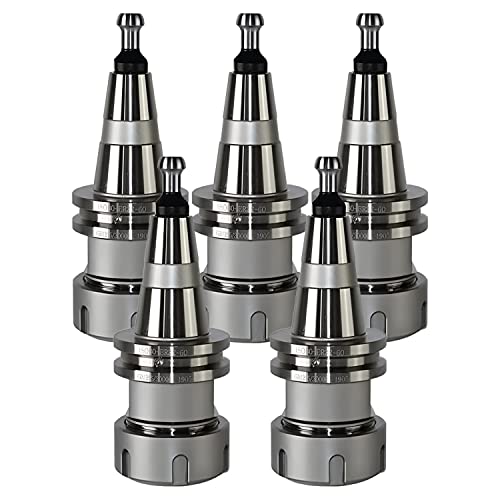TorontoBuilder
John
- Joined
- Jan 4, 2013
- Messages
- 359
- Reaction score
- 84
A circuit breaker could possibly be used but are more complicated than you might think.
They typically do not trip at their rated current instantly, sometimes they take many minutes to trip at the rated current(a thermal trip). The ABB S201 linked to above was close to half an hour at the rated current. Often they will not trip quickly(electromechanical trip) until the current reaches 5 or 10 times or even more of the rated current.
A typical quick blow fuses by contrast will fuse in around 1/10th second at only double the rated current, or 1/100th of a second at three times.
Substituting a 2A quick blow fuse with a 2A circuit breaker could provide no protection at all.
Study the product data sheet and trip curves carefully.
Yes Simon, you are correct, however I wasnt specifying a specific circuit breaker merely illustrating the type. As always read product specs, there are plenty of fast trip circuit breakers available, if you have a electronics store close buy versus buying on the net they can help you make the correct selection.
the fuse for my mill was a special order shorter than normal product... I dont know about you but not being retired, I only have specific times I can machine anything, so equipment needs to work when I get to it.















![DreamPlan Home Design and Landscaping Software Free for Windows [PC Download]](https://m.media-amazon.com/images/I/51kvZH2dVLL._SL500_.jpg)






















![MeshMagic 3D Free 3D Modeling Software [Download]](https://m.media-amazon.com/images/I/B1U+p8ewjGS._SL500_.png)







![TurboCAD 2020 Designer [PC Download]](https://m.media-amazon.com/images/I/51UKfAHH1LL._SL500_.jpg)
























